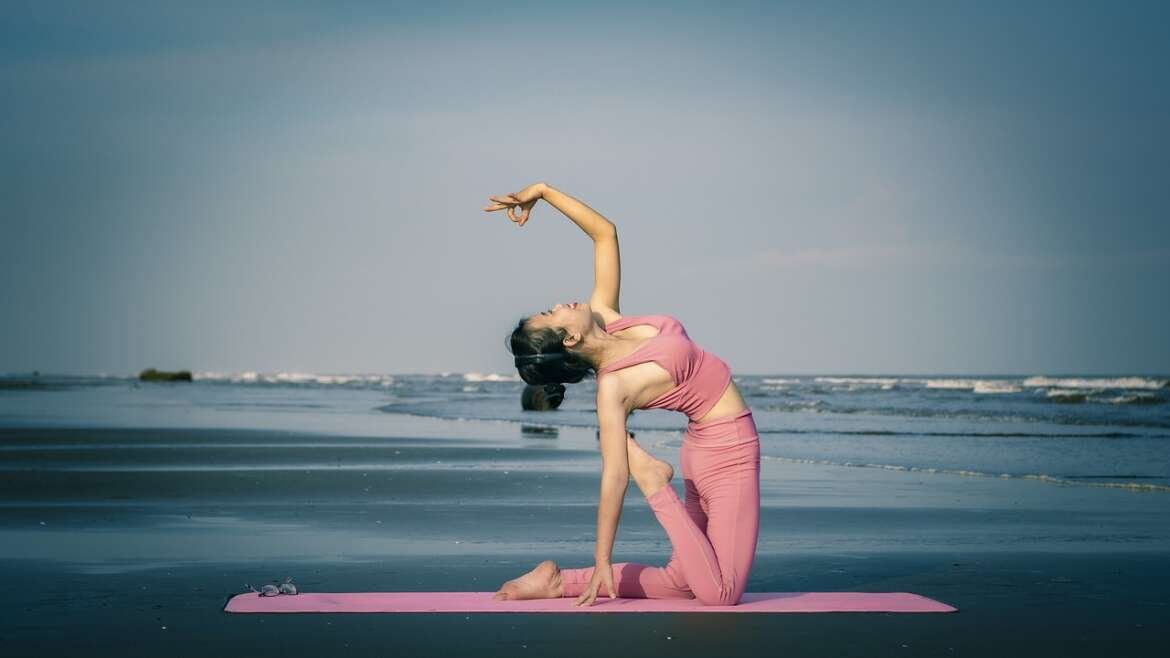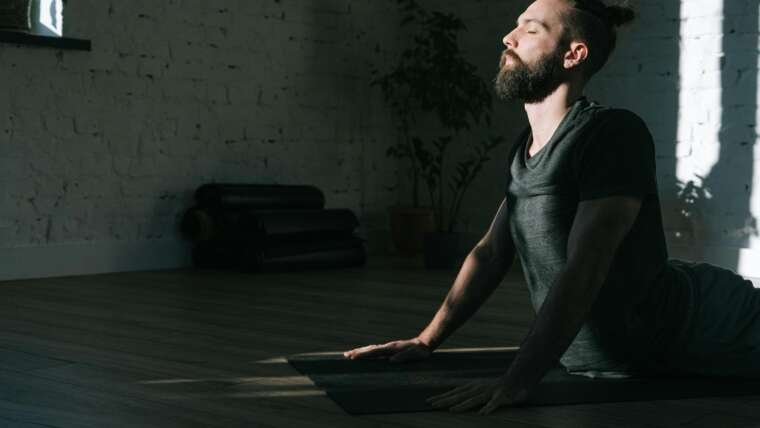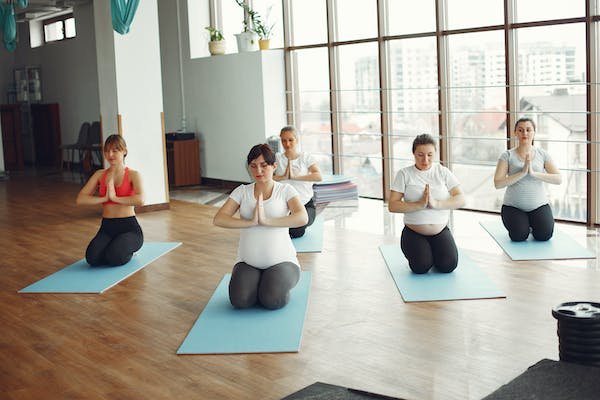Yoga, an ancient practice originating in India, has evolved over centuries to encompass a rich tapestry of styles, each offering unique approaches to physical postures, breathwork, meditation, and philosophy. The diversity within the world of yoga caters to various needs, preferences, and goals of practitioners. Below, we delve into an exploration of some of the prominent types of yoga, highlighting their characteristics, benefits, and the philosophy that underpins each.
- Hatha Yoga: Hatha, often considered the foundation of all yoga styles, focuses on physical postures or asanas. It is designed to align, calm, and strengthen the body, preparing it for meditation. The practice involves a series of poses that are held for varying durations, promoting balance and flexibility.
- Vinyasa Yoga: Vinyasa, characterized by the synchronization of breath with movement, provides a dynamic and fluid experience. This style often involves a continuous flow of poses, creating a dance-like sequence that builds strength, flexibility, and mindfulness.
- Ashtanga Yoga: Ashtanga follows a predetermined sequence of postures, combining breath and movement. It is a physically demanding practice that aims to purify the body and mind through a set series of asanas. Discipline and dedication are integral to Ashtanga practice.
- Iyengar Yoga: Iyengar Yoga places a strong emphasis on precision and alignment. Props like blocks, straps, and blankets are often used to help students achieve the correct form. The focus is on holding poses for extended periods, fostering strength and flexibility.
- Bikram (Hot) Yoga: Bikram Yoga consists of a fixed sequence of 26 postures and two breathing exercises practiced in a heated room. The heat is believed to enhance flexibility and detoxification. It’s a challenging practice suitable for those seeking intensity.
- Kundalini Yoga: Kundalini aims to awaken the dormant spiritual energy believed to reside at the base of the spine. This style incorporates dynamic breathing techniques, chanting, and meditation. The practice is designed to elevate consciousness and vitality.
- Yin Yoga: Yin Yoga is a slow-paced practice involving passive, long-held poses. These poses target the connective tissues, ligaments, and joints rather than muscles. It’s a meditative and introspective style, promoting flexibility and relaxation.
- Restorative Yoga: Restorative Yoga focuses on relaxation and rejuvenation. Poses are gentle and supported, often using props like bolsters and blankets. The emphasis is on allowing the body to surrender and release tension.
- Jivamukti Yoga: Jivamukti integrates physical postures with spiritual teachings, chanting, and meditation. It emphasizes ethical living and the interconnectedness of all beings. This style is dynamic, vigorous, and spiritually oriented.
- Anusara Yoga: Anusara places importance on proper alignment and heart-centered awareness. It follows a set structure but encourages creative expression within the poses. The philosophy includes a celebration of the divine in all aspects of life.
- Power Yoga: Power Yoga is a fitness-based approach to vinyasa-style yoga. It focuses on building strength and flexibility through a dynamic and fast-paced sequence. It’s often practiced in gym settings and suits those looking for a vigorous workout.
- Sivananda Yoga: Sivananda follows a structured format that includes breathing exercises, classical poses, relaxation, and meditation. The practice aims to promote physical, mental, and spiritual well-being, emphasizing a holistic approach.
- AcroYoga: AcroYoga is a blend of yoga, acrobatics, and Thai massage. It involves partner work with one person as the base, one as the flyer, and one as the spotter. This style emphasizes trust, communication, and connection.
In the vast world of yoga, these styles represent just a fraction of the available practices. Yoga continues to evolve, with new styles emerging as practitioners and teachers explore innovative ways to integrate the ancient wisdom of yoga into contemporary life. The beauty of yoga lies in its adaptability and inclusivity, offering a path for individuals with diverse needs and preferences to embark on a journey of self-discovery and well-being.




2 Comments
Raymundo
You have observed very interesting points! ps decent web site.Money from blog
Visit my website: website